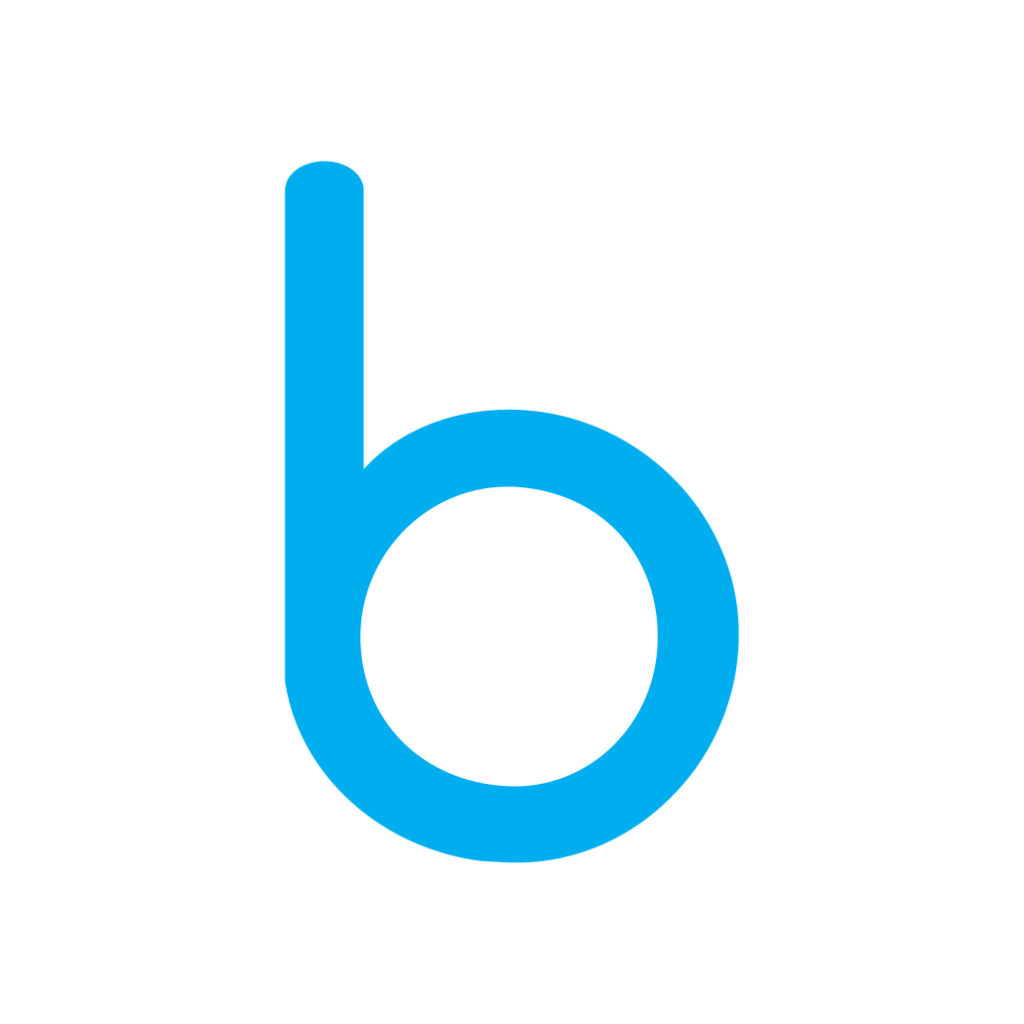
Reflection is not simply a part of the learning process—it is the learning process.
[Template Below]
Reflection facilitates growth, refinement of ideas, deep thinking and the evaluation of experiences. This essential metacognitive practice is used to apply meaningful knowledge to shape future decisions, thoughts and actions.
—Lisa Johnson, Cultivating Communication in the Classroom
Studies prove the monumental benefits of learning by thinking.
The jury is out and it’s a unanimous decision: direct experience + intentional reflection = true learning.
—Fred Korthagen, professor emeritus of the pedagogy of teacher
education at Utrecht University in the Netherlands.
All sorts of industries like to talk about reflection—it’s a popular topic today. But let’s take what could be pie in the sky and get down to brass tacks: how do we reflect?
There are many methods and models you can find to help you develop a fruitful reflection practice. We find the Gibbs Reflective Cycle to be really effective. This method was developed by Professor Graham Gibbs in his 1988 book “Learning by Doing” and focuses on experiential learning.
The six-step process can easily be applied to any activity, lesson or daily practice.
—John Dewey
It might be the end of the school year for students, but it’s just the beginning of your personal and professional growth. This transition provides a delightfully tangible milestone to pause and reflect. We’ve developed a template for you to use as you shift your focus from serving others to investing in yourself.
We hope this template will support you in walking more confidently in the direction of your dreams. Now, bring on the summer!

Explore the Resource Center for more helpful resources. Or contact us to set up a demo.
Don’t have a bulb account?
Want to receive weekly resources like these directly in your inbox?
We use cookies to provide and improve our service. By using our website, you consent to cookies. See our privacy policy & terms of use to learn more.